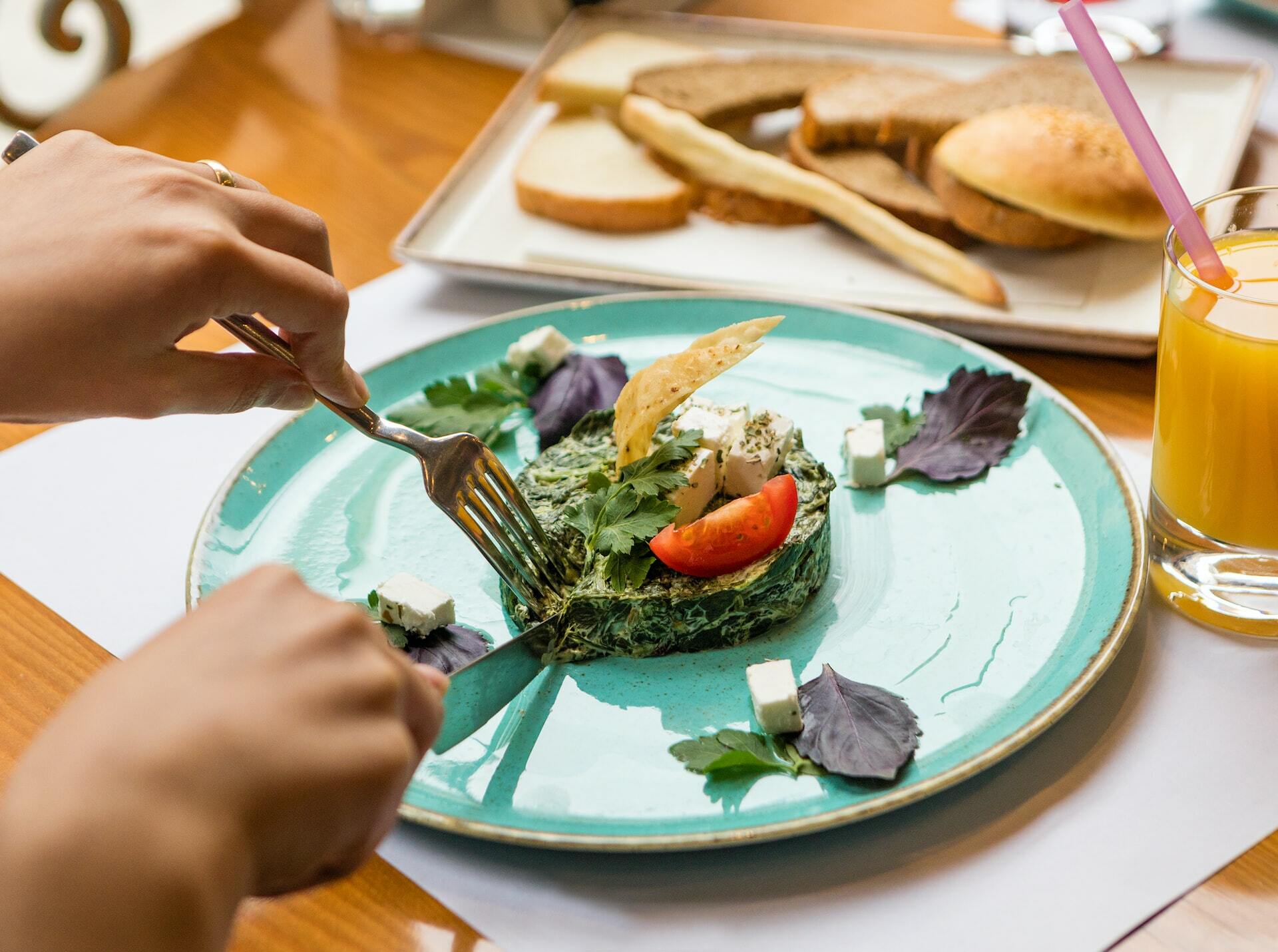Common Symptoms of Hypoglycemia
Most persons have hypoglycemia symptoms when blood sugar levels are 70 milligrams per deciliter (mg/dL) or below. Each diabetic individual may experience various hypoglycemic symptoms. You'll learn to recognize yours. Early signs and symptoms include:- Dizziness or feeling wobbly
- Hunger
- Headaches
- Heart pounding or pulse racing
- Looking pale
- Sweating
- Trembling
- Weakness
- Unexplained weight loss
- Coordination issues
- Inability to concentrate
- Numbness of the tongue and mouth
- Seizures
- Nightmares or nightmares
- Coma
Having a Healthy Diet
Low blood sugar might occur if you take too much insulin for the number of carbs you consume. For example, it is possible that:- After consuming a meal high in simple sugars
- If you skip a snack or fail to eat a full meal
- If you have dinner later than normal
- If you drink booze without eating anything
Treatment for Hypoglycemia
Check your blood sugar level if you have diabetes and suspect hypoglycemia. Do your levels frequently decrease after high-sugar meals? Alter your diet. Avoid sugary foods and consume small, frequent meals throughout the day. If you have low blood sugar after not eating, try a protein or a more complex carbohydrate snack before night. In extreme hypoglycemia, an injection of dasiglucagon (Zegalogue) or glucagon (Gvoke) injection may be necessary. Your doctor may discover that you are taking too much insulin, which peaks in the nighttime to early morning hours. In that instance, they may reduce your insulin dose or adjust the time you receive your final dose.What to Do When You Have Low Blood Sugar
First, consume 15 grams of a quick-acting carbohydrate, such as:- Approximately three to four glucose tablets
- A single tube of glucose gel
- Four to six hard candy pieces (not sugar-free)
- 1 cup of fruit juice
- 1 quart skim milk
- 1 cup of soft drink (not sugar-free)
- 1 teaspoon honey (put it under your tongue, so it gets absorbed into your bloodstream faster)










